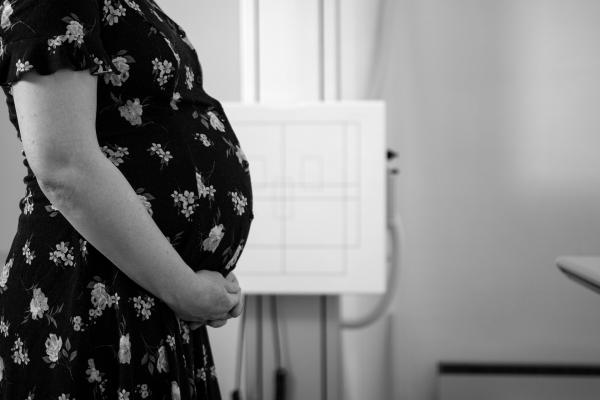A study on maternal health in Risk Analysis found hospital delivery complications to be highest on night shifts, weekends and holidays when compared to daytime, weekday births- with substantial added risk when new graduates start in July at teaching hospitals. Understaffing and scheduling less experienced clinicians compound the issues that contribute to negative patient outcomes during such nonstandard hours.
But, these results aren’t unique to maternal health.
Consider cardiac arrest. In 2016, work published in BMJ Quality & Safety echoed previous global data that hospital survival is reduced for those admitted on weekends and at night. Specifically, it concluded “IHCAs (in-hospital cardiac arrest) attended by the hospital-based resuscitation team during nights and weekends have substantially worse outcomes than during weekday daytimes. Organizational or care differences at night and weekends, rather than patient case mix, appear to be responsible.”
Witnessed versus unwitnessed cardiac events are directly related to swift access to appropriate management and care. Eliminating delays is of critical import with respect to survival in these instances. Poor nurse-to-patient ratios — which vary between hospitals— impacts the early identification of a worrisome heart rhythm and lack of onsite experienced attendings and specialists are among the contributing factors. Frequent use of hospitals staffing less experienced clinicians and “mid-level providers” (aka non-doctors) during these hours who are often tasked to work beyond the scope of their training complicates things further. Discordant levels of training to handle a resuscitation code are often not uniform between hospitals, regions or even locations within the same facility. (To learn more, read here.)
To appreciate the role of the July effect in increased rates of pediatric medical errors or in heart attack (or myocardial infarction), heart failure and pneumonia medical admissions in teaching and non-teaching hospitals with respect to cost, length of stay and mortality, review here.
A 2013 Journal of Neurosurgery study demonstrated only “minor to negligible July effect may be present in those undergoing spinal surgery” but, the authors did find higher rates of hospital discharge to long-term care facilities (also with patients undergoing complex procedures), wound infections and dehiscence, or rupture along the surgical site in July compared to other months. They attribute this to a learning curve for residents and fellows. However, they did not see an impact in those at higher risk which they suggest could be due to the focused attention from senior staff.
As David Mushinski, co-author of this recent study on maternal health and a professor of economics at Colorado State University, tells the New York Times
“The question for hospitals is whether schedules and staff can be rearranged to reduce these complication rates...More experienced physicians in the treatment team? More nurses? If hospitals can do it, it will help mothers by making birth easier, and help hospitals by reducing costs.”
He is correct.
The adverse effects on patient safety of poor hospital scheduling and staffing of enough experienced physicians and health professionals during less desirable times are well-known. Childbirth complications are just the latest focus of study. Improvements in this realm will require a willingness of hospitals to make system-wide changes that need to tackle a complexity of challenges, most significantly their bottom line.




